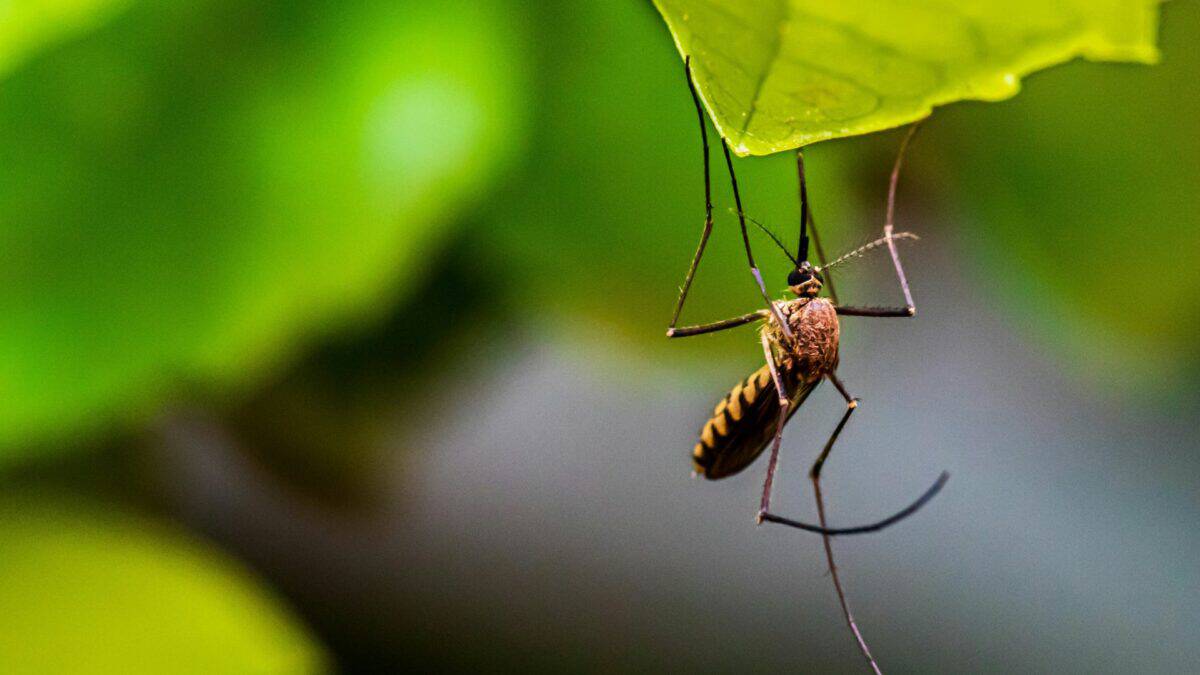When we think of dangerous animals, images of fierce predators like sharks or lions might come to mind. However, a small, buzzing insect ranks as the deadliest animal on earth: the mosquito. Despite their tiny size and innocuous appearance, mosquitoes are responsible for more human deaths each year than any other creature. What makes them so dangerous, and why have they earned this infamous title?
Biology and Behavior of Mosquitoes
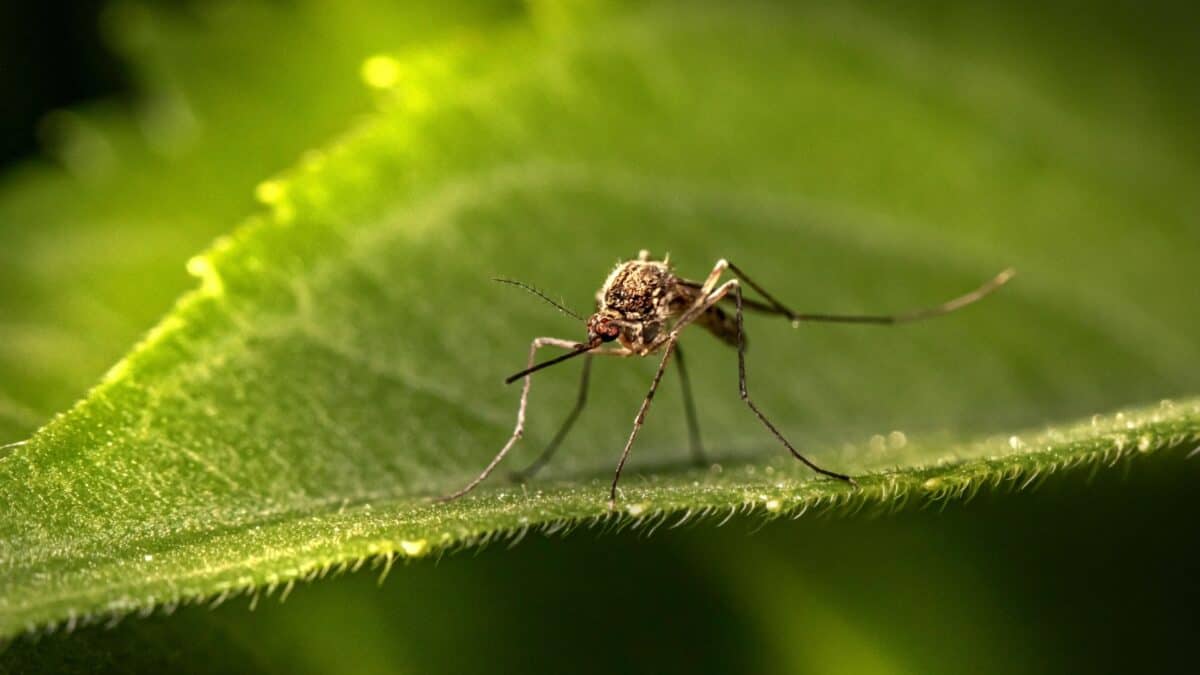
Mosquitoes are part of the Culicidae family, which comprises over 3,500 species worldwide. These insects have evolved to thrive in a wide range of environments, from tropical climates to temperate regions. Only female mosquitoes feed on blood, which is required for egg production, while male mosquitoes primarily consume nectar and plant juices.
The anatomy of a mosquito is specifically adapted for their parasitic lifestyle. Equipped with long, slender proboscises, female mosquitoes can pierce the skin of their hosts to access blood vessels. As they feed, mosquitoes inject saliva containing anticoagulants to prevent blood clotting, which is a key factor in their role as disease vectors.
The Spread of Disease How Mosquitoes Transmit Pathogens

The real danger posed by mosquitoes lies in their capacity to transmit diseases. As vectors, mosquitoes can carry and spread a range of pathogens, including viruses, bacteria, and parasites. When a mosquito bites an infected host, it takes in pathogens along with the blood. These pathogens can then be injected into the next host the mosquito feeds on, perpetuating a cycle of transmission.
Some of the most well-known mosquito-borne diseases include malaria, dengue fever, Zika virus, and yellow fever. According to the World Health Organization, malaria alone causes over 400,000 deaths annually, with many victims being children in sub-Saharan Africa. The efficiency of mosquitoes in spreading these diseases makes them a central focus of global public health efforts.
Factors Contributing to Mosquito Deadliness
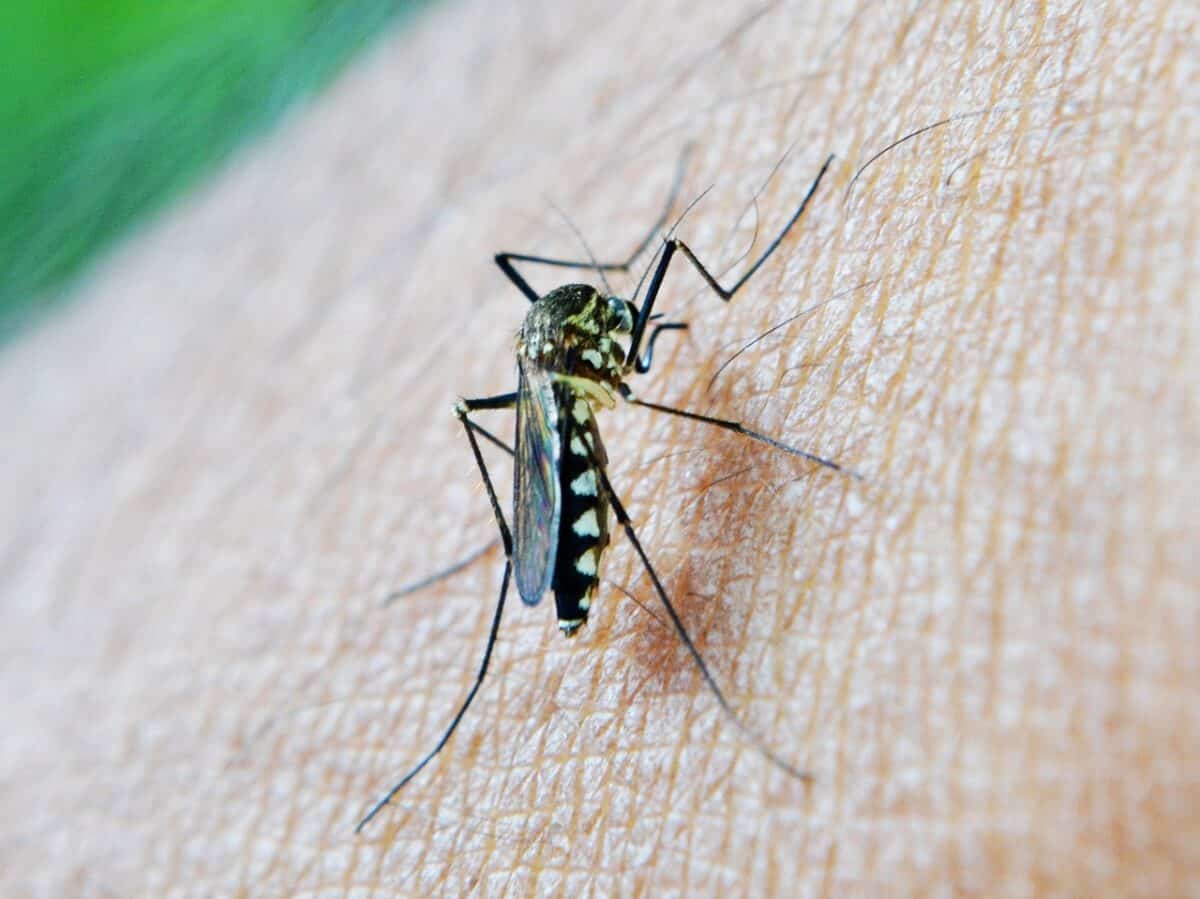
Several factors enhance the deadliness of mosquitoes. Their wide distribution and ability to thrive in diverse environments mean they have an expansive reach. Additionally, mosquitoes have short life cycles and can rapidly reproduce, leading to large populations capable of sustaining disease transmission.
Another factor is their adaptability. Mosquitoes have developed resistance to many pesticides used to control their populations. This resilience, combined with the challenges of eradicating breeding grounds like stagnant water, makes controlling mosquito populations a complex task.
Global Efforts in Mosquito Control and Research
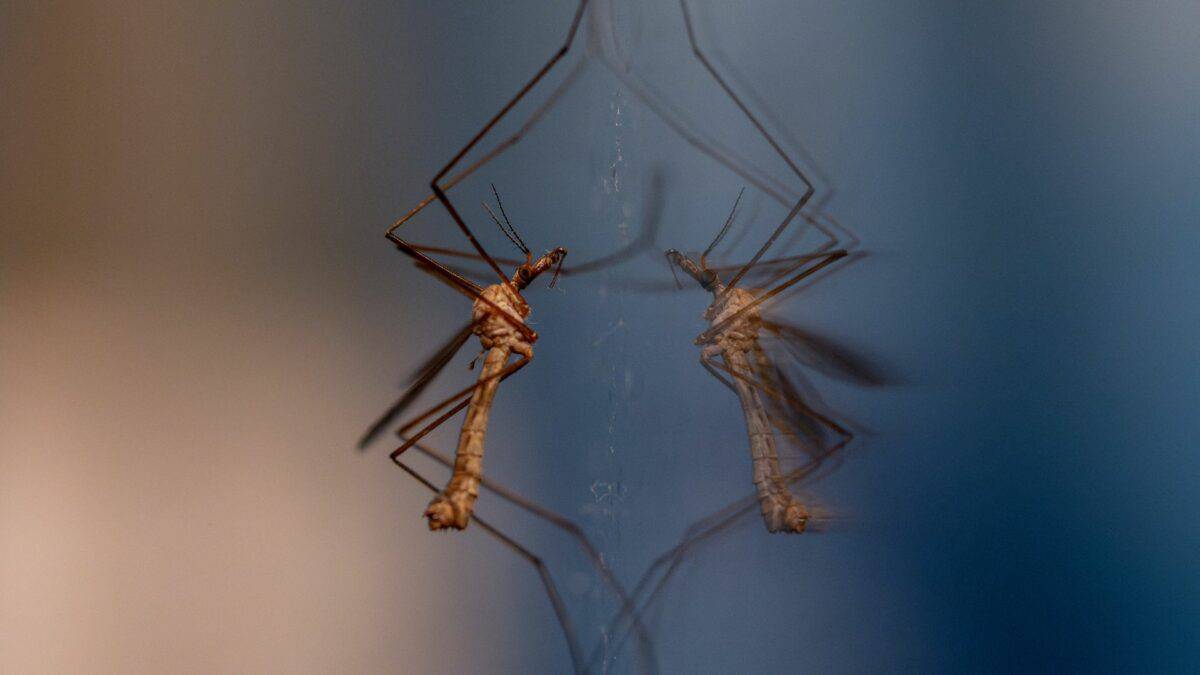
The battle against mosquito-borne diseases is ongoing and multifaceted. Efforts range from public health interventions—such as the use of bed nets and insect repellents—to scientific research focused on vaccines and genetic control methods. For instance, the release of genetically modified mosquitoes that produce non-viable offspring is being explored as a way to reduce mosquito populations without chemical pesticides.
Additionally, advancements in understanding mosquito behaviour and biology are vital. Researchers are studying mosquito sensory systems to develop better repellents and traps. Another promising area of research involves using biological agents like bacteria to inhibit mosquito capacity to host pathogens.
The Importance of Awareness and Community Action

While scientific advances are crucial, community involvement is equally important in combating mosquitoes. Awareness campaigns educate the public on methods to reduce mosquito breeding sites, such as eliminating standing water and using proper waste management. Community action, combined with scientific research and public health strategies, creates a comprehensive approach to managing the threat posed by these insects.
Conclusion
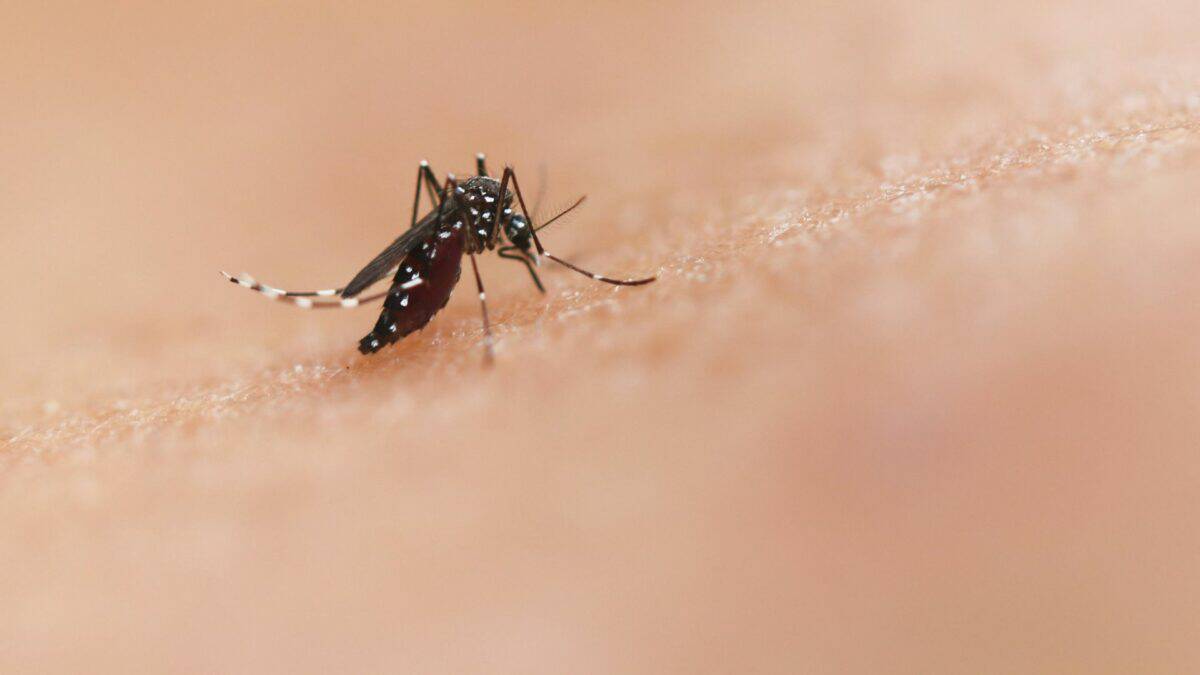
Mosquitoes may be small, but their impact on human health is colossal. As the deadliest animals on earth, they highlight the intricate connections between ecosystems, disease, and global health. Understanding the biology and behaviour of mosquitoes, along with continued research and community involvement, is crucial to mitigating their deadly impact and ultimately safeguarding human lives.
- 10 Animals That Use Bizarre Survival Tactics - August 9, 2025
- The Most Beautiful Bird Migration Routes Across the US - August 9, 2025
- 14 Dog Breeds That Love to Cuddle - August 9, 2025

